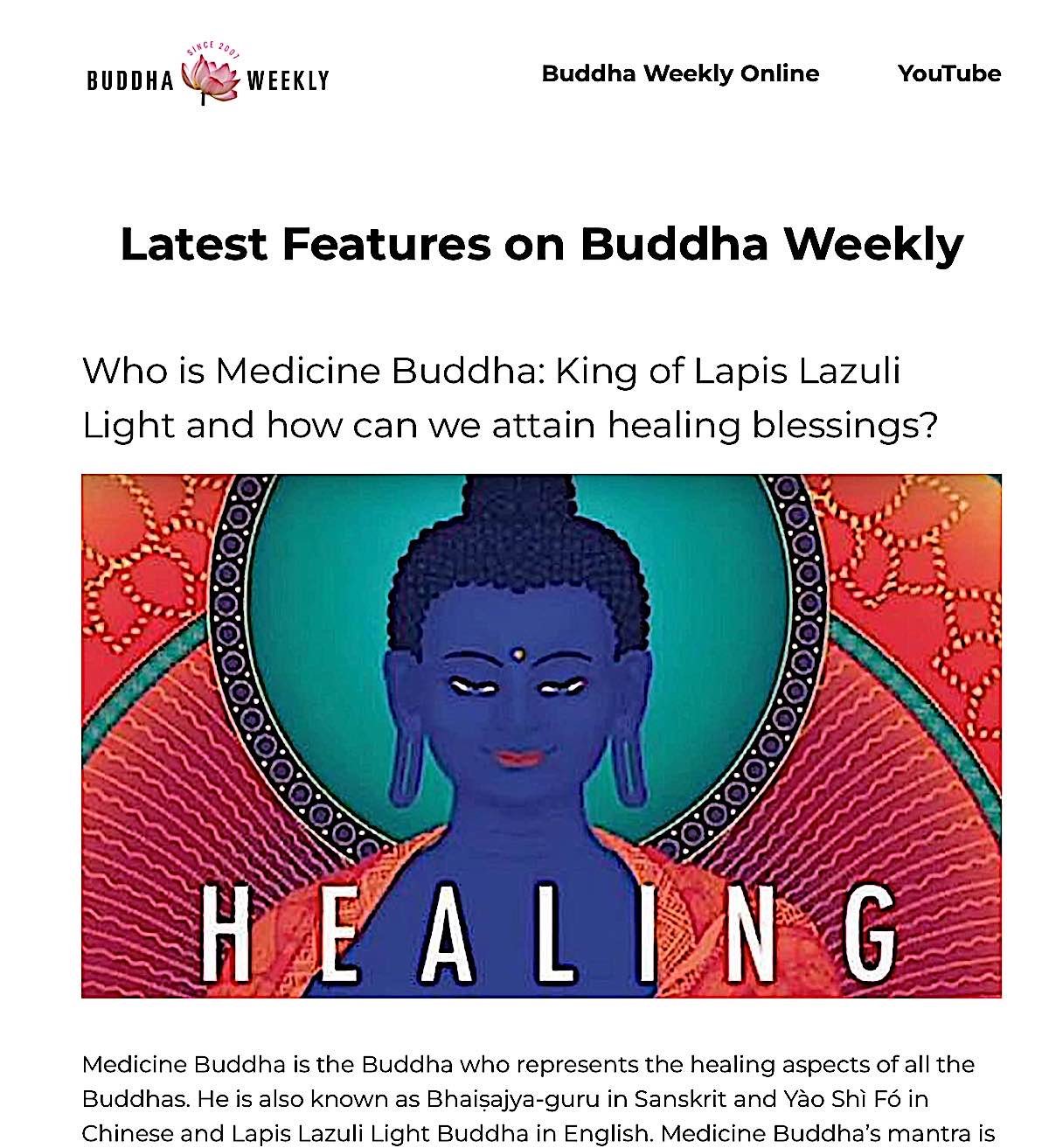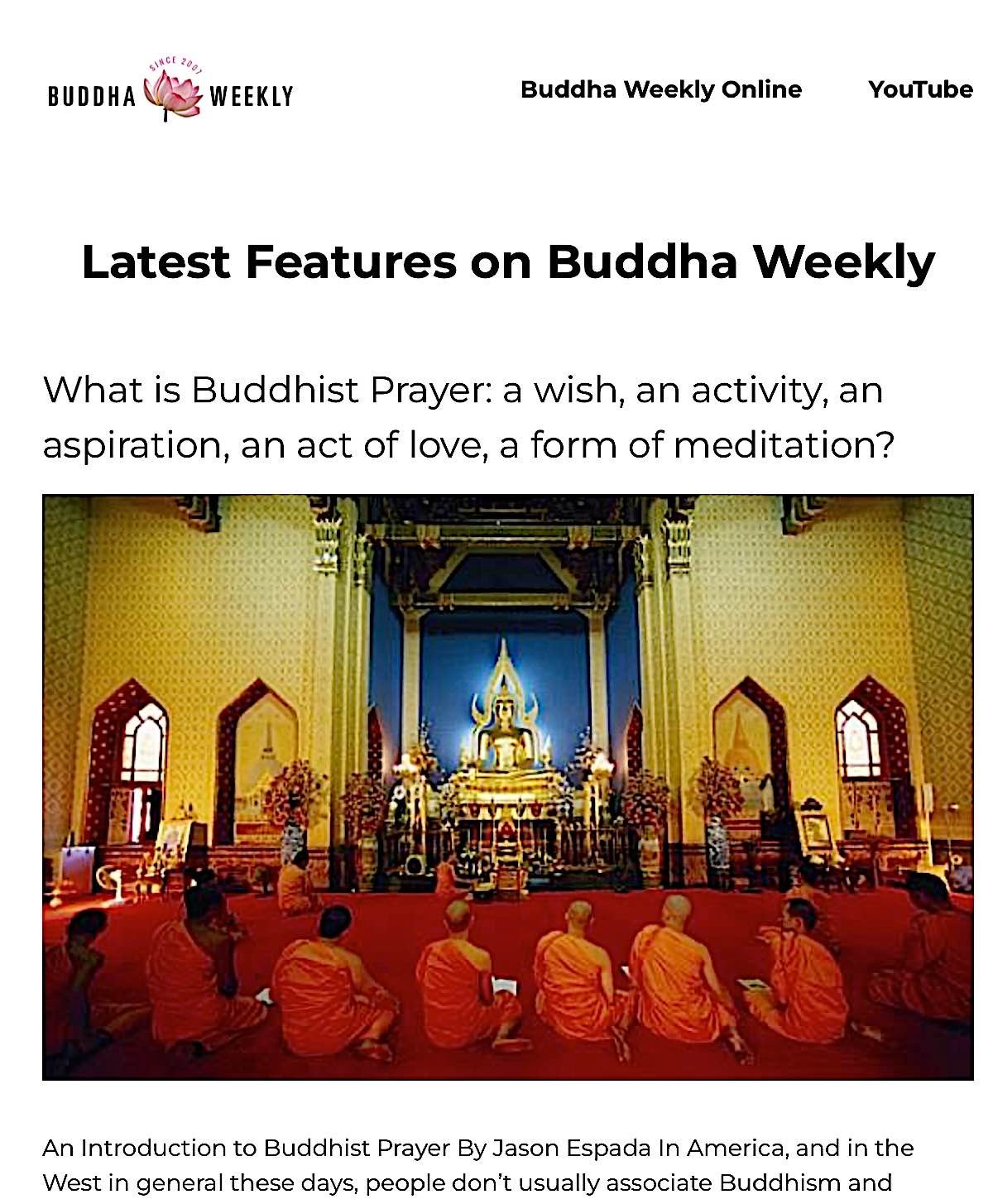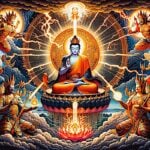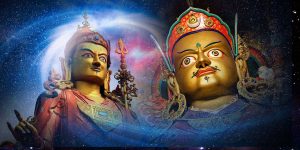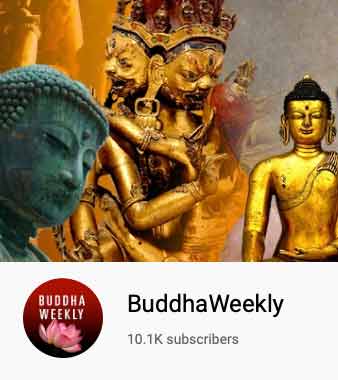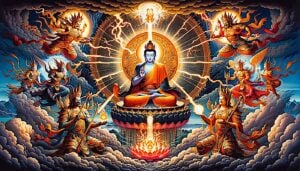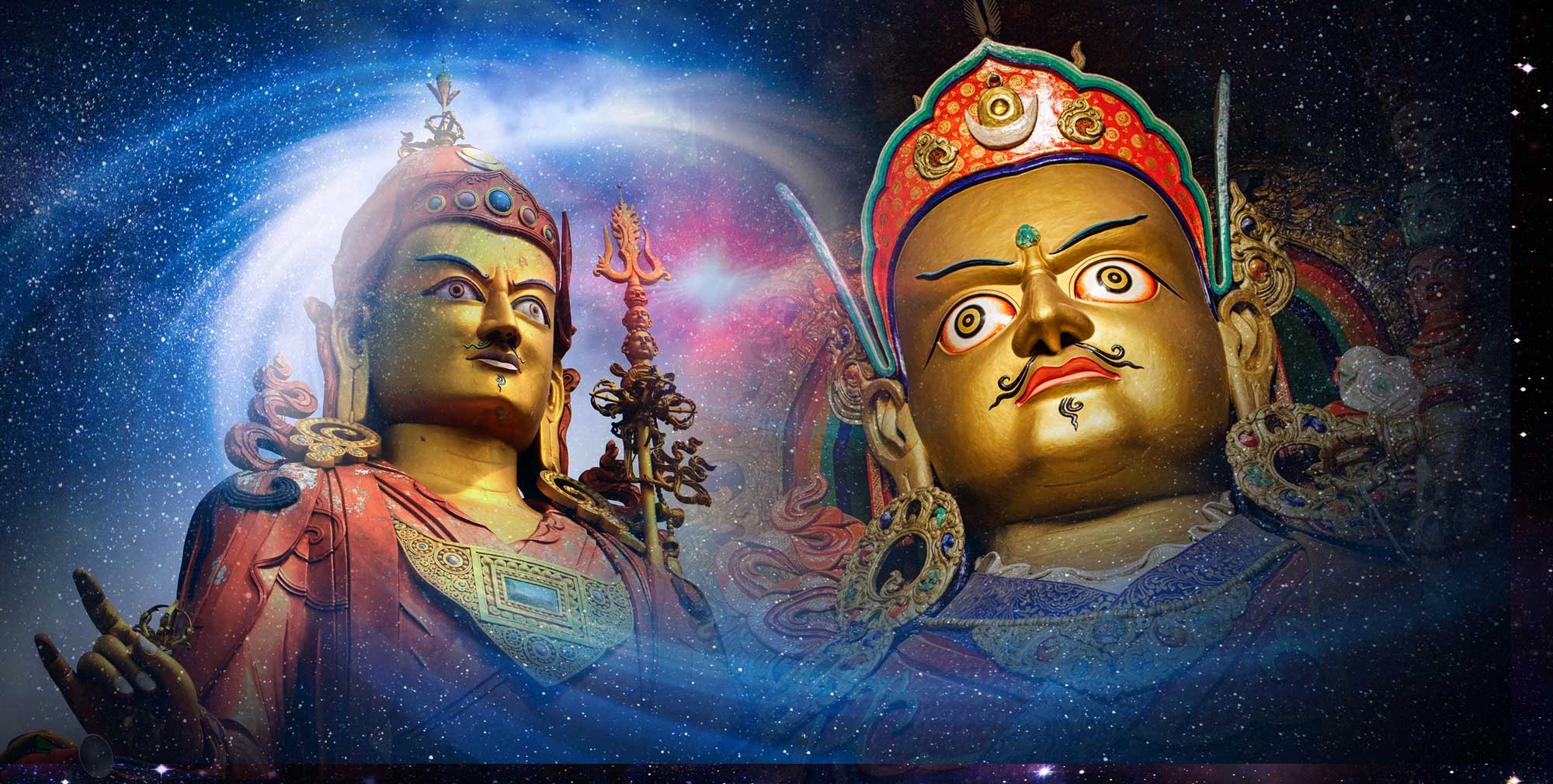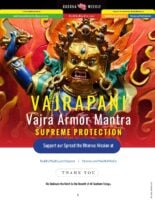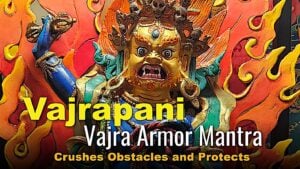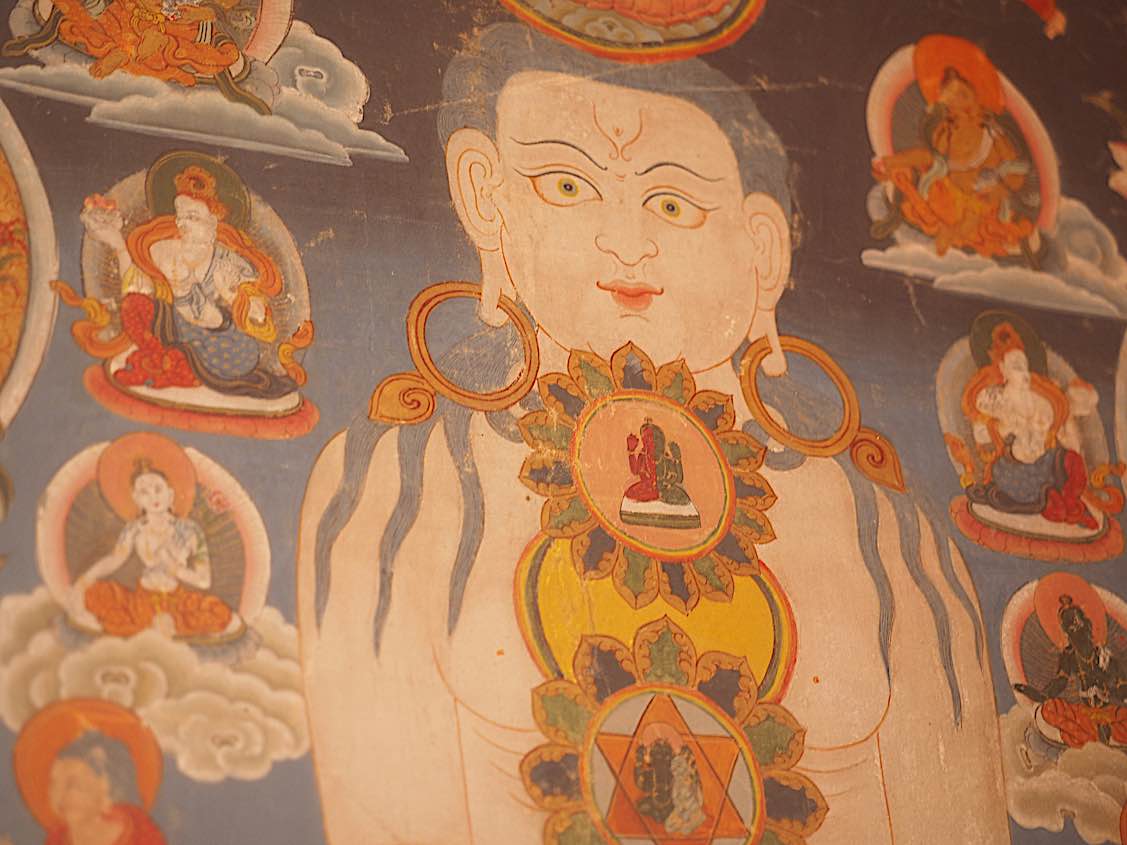Video: Mantra of 5th Red Tara Kurukulla Who Enchants All Beings: 7 Worlds Under Her Power

The fifth Red Tara is “Tara Who is Kurukulla”. Her praise extols her power “your feet press down on the Seven Worlds; You subdue all beings under your power.” (all levels of existence). She does this by her enchanting power, rather than wrath.
Her enchanting mantra is:
om tare tuttare ture shtri akarshaya hrih svaha
Video:
This mantra supplicates Red Tara Kurukulla, who is an extremely actively magnetizing form, to “extensively attract” the Padma Family’s qualities into your life. This is indicated by the Sanskrit shtri akarshaya and the Hrih, which is the seed syllable of the Padma Lotus of Compassion. In other words, we are asking Tara to draw in the compassionate power of the Lotus Family of Amitabha.
HER PRAISE from the 21 Taras is the 5th verse:
Homage to You who with HUM and TUTTARA,
Fill all worlds of desire, direction, space.
Who with your feet press down on the Seven Worlds;
You subdue all beings under your power.
IN SANSKRIT
Namas Tuttara Hum kara
puritasha dig antare
sapta loka kramakranti
asheshak arshanak shame
PERMISSIONS: All 21 Taras mantras can be chanted by everyone. Empowerment is beneficial, but not required. All 21 of the mantras are Tara’s mantras — Om Tare Tuttare Ture Svaha — with supplications specifying a requested activity. Tara embraces all beings equally.
When practicing without empowerment, you frontally visualize, per Longchenpa’s instruction.
NOTE: see our video “Supplicating Activity Mantras and 21 Taras Mantras: as Taught by Longchenpa and Padmasambhava” for those commentaries:
https://www.youtube.com/watch?v=GSTZHJ_hjZY&t
MANTRA meaning
All Tara mantras have Tara’s main mantra included, which, according to the first Dalai Lama’s commentary means —
Om is homage to the Body Speech and Mind of Tara.
Tare liberates and saves us from suffering in Samsara
Tuttare liberates us from the 8 dangers of lions, elephants, fires, snakes, robbers, prisons, floods and demons, which also mirror the poisons of pride, delusion, hatred, jealousy, wrong views, greed, desire, attachment, doubt. Thus, Tuttare liberates us from every outer and inner danger.
Ture liberates us from disease.
Svaha is the root of the path, and means “be it so” or “well said.”
To which is added.
Shtri Akarshaya — extensively attract
Hrih Hrih is the seed syllable of Amitabha’s
RELATED VIDEOS
Kurukulla’s Heart Mantra in Sanskrit: https://www.youtube.com/watch?v=Av8FT9LyuAI&t
ABOUT KURUKULLA:
PLAYLIST FOR 21 Taras Mantras
Longchenpa’s visualizaton Instruction: “Visualize rays of a vivid red in the shape of hooks.” Or just red light if that is simpler. The light goes out to all sentient beings from Red Tara’s heart, “hooking them back” to the Refuge of the Dharma. (Or just visualize red light going out and purifying all beings.
Color: Red-yellow
Vase: Red
Nectar: Enchanting
Activity: Enchanting and magnetizing
Specialty: Attracting others to you, although should be with positive motivation.
Associations with other practices: She is also known as Kurukulla (Kurukulle) or Red Tara
IN ATISHA LINEAGE: She is red visualized with a Red Vase with nectar that magnetizes or controls.
IN NYINGMA LINEAGE: She has Kurukulla’s bow and arrow of Lotus flowers either in hand, or on a lotus throne over her left shoulder (our right).
Further, Lama Zopa, in his amazing book The Power of Mantra: Vital Practices for Transformation) adds this instruction:
If there is somebody you need to influence, such as somebody who is extremely deluded and tries to harm you and others and to harm the Dharma, in order to help that person transform their mind into the Dharma, then you can recite this mantra and insert that person’s name between the tuttare shtri and the akarshaya, so the mantra becomes OM TARE TUTTARE TURE SHTRI [the name of the person] AKARSHAYA HRIH SVAHA.
Rinpoche, Lama Zopa. The Power of Mantra: Vital Practices for Transformation (Wisdom Culture Series) (p. 68). Wisdom Publications. Kindle Edition.
HER PRAISE from the 21 Taras is the 5th verse:
Homage to You who with HUM and TUTTARA,
Fill all worlds of desire, direction, space.
Who with your feet press down on the Seven Worlds;
You subdue all beings under your power.
IN SANSKRIT
Namas Tuttara Hum kara
puritasha dig antare
sapta loka kramakranti
asheshak arshanak shame
(Note: Before you think of (incorrectly) Tara as a “love goddess,” remember she is an Enlightened Being and her magnetizing activity can only be focused on positive karma activities — not selfish love. Attracting someone to you to receive Dharma is her highest purpose. Mundane love is not generally positive karmic activity.)
More articles by this author

Chintachakra White Wish-Granting Wheel Tara: The All-in-One Mother of Buddhas in Vajrayana Buddhism – Her Significance, Mantra and Why Her Practice is Essential

VIDEO and PRACTICE: For Tara Days (and any day!) TARA’s GREAT DHARANI from Sutra chanted in Sanskrit

Tara’s Great Dharani Supreme of all Mantras –with Music version– and the Sutra of Tara Who Protects from the Eight Fears: in Tara’s Own Words

Tara Teaching from His Holiness the Sakya Trichen: Interview Q & A: Do you have a Tara Question? Chances are His Holiness Already Answered…
Search
Latest Features
Please support the "Spread the Dharma" mission as one of our heroic Dharma Supporting Members, or with a one-time donation.
Please Help Support the “Spread the Dharma” Mission!
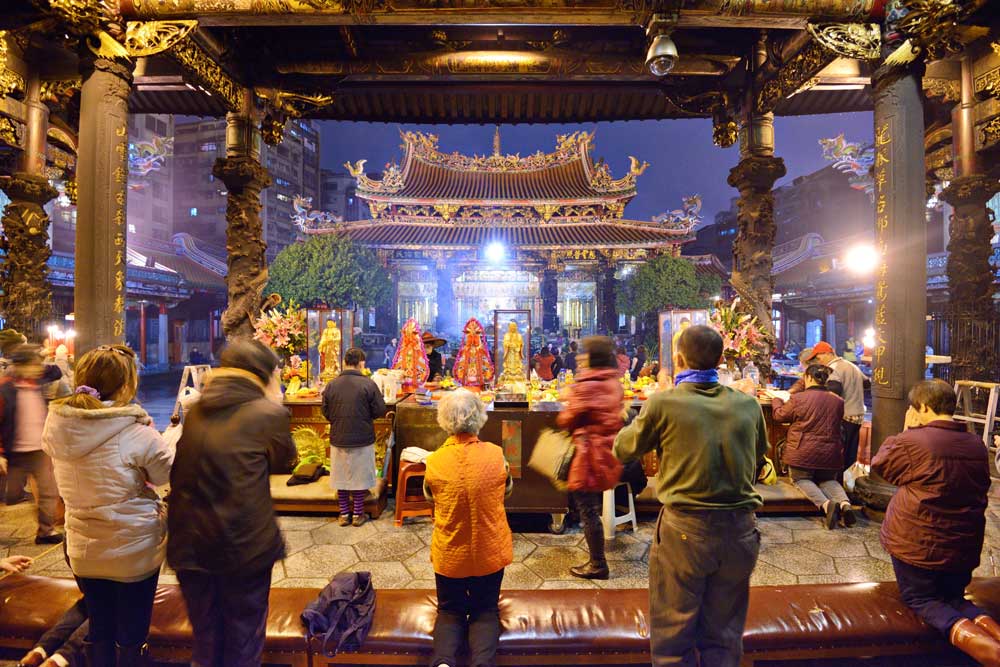
Be a part of the noble mission as a supporting member or a patron, or a volunteer contributor of content.
The power of Dharma to help sentient beings, in part, lies in ensuring access to Buddha’s precious Dharma — the mission of Buddha Weekly. We can’t do it without you!
A non-profit association since 2007, Buddha Weekly published many feature articles, videos, and, podcasts. Please consider supporting the mission to preserve and “Spread the Dharma." Your support as either a patron or a supporting member helps defray the high costs of producing quality Dharma content. Thank you! Learn more here, or become one of our super karma heroes on Patreon.
Lee Kane
Author | Buddha Weekly
Lee Kane is the editor of Buddha Weekly, since 2007. His main focuses as a writer are mindfulness techniques, meditation, Dharma and Sutra commentaries, Buddhist practices, international perspectives and traditions, Vajrayana, Mahayana, Zen. He also covers various events.
Lee also contributes as a writer to various other online magazines and blogs.
